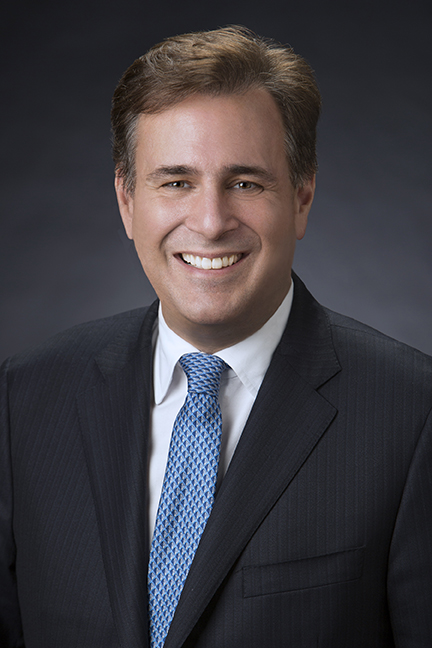
|
||
|---|---|---|
|
A message from Dr. James Grant, senior vice president and chief medical officer
First, let’s take a look at some of the challenges facing the industry today: Physician burnout. Burnout takes a toll on physicians, their patients and their practices, according to the Agency for Healthcare Research and Quality. Short visits, complicated patients, lack of control, growing administrative burdens and poor work-home balance can lead to physicians leaving practices they once loved, poor patient outcomes and shortages in primary care physicians. About 40% face moderate or persistent burnout.* Administrative requirements. Administrative requirements can be a distraction from caring for patients. About 1 in 5 physicians cite administrative burden as a key driver that would influence a decision to leave their practice.* Physician shortages. According to data from the Health Resources & Services Administration, the U.S. needs more than 17,000 additional primary care practitioners, 12,000 dental health practitioners and 8,200 mental health practitioners. This leads to an issue with providing access to care for people and makes it hard for people to find a primary care doctor. In addition, physician burnout and the subsequent shortages can cause many physicians to leave the profession, according to Harvard Health Publishing. Health care inequities and disparities. Social determinants of health, such as poverty, unequal access to health care, lack of education, stigma and racism, are underlying, contributing factors of health inequities, according to the Centers for Disease Control and Prevention. They also present significant barriers for people who want to achieve their optimal health. Financial difficulties due to staffing problems and rising inflation. Hospitals continued to face financial difficulties last year, although utilization began to return to a more consistent pattern and margins began to stabilize earlier in the year. Overall, hospitals face higher expenses and lower volumes, according to HealthExec. Nursing shortages. About 39% of nurses in Michigan — or 4 in 10 — planned to quit their jobs by 2024, Research.com reported in November of last year. Workplace concerns included inadequate staffing (83%), emotional exhaustion (84%) and abuse (27%). High cost of health care. A study by The Commonwealth Fund found that the U.S. spends more on health care than other developed countries but has worse outcomes. We must do better. Health system mergers. Mergers are on the rise. Through the first three quarters of 2023, there were 53 announced hospital mergers, according to data from Kaufman Hall. That equaled the 53 hospital mergers reported in all of 2022. There were 49 hospital deals in 2021. These mergers often add uncertainty for physicians and patients in terms of understanding what it means for them. At Blue Cross Blue Shield of Michigan, we have an opportunity to better support physicians, both in the context of core practice management capabilities, as well as in transitioning to value-based care. For example, we’re currently taking steps to ensure that physician organizations provide appropriate and increased support to physicians to help them achieve their care delivery goals. Here are several other examples of how we’re working to address the challenges facing hospitals and physicians:
Our long history of working closely with health care providers through programs such as our Collaborative Quality Initiatives and Physician Group Incentive Program have helped us to efficiently implement new strategies to improve health care and manage costs. We welcome your ideas and your partnership on the journey in the year ahead and beyond. *McKinsey provider survey |
Blue Cross Blue Shield of Michigan and Blue Care Network are nonprofit corporations and independent licensees of the Blue Cross and Blue Shield Association. |
 As we enter 2024, we’re aware of the many challenges facing the health care industry. But with great challenges come great opportunities, and we’re committed to providing physicians and hospitals with the support they need to navigate the challenging health care landscape.
As we enter 2024, we’re aware of the many challenges facing the health care industry. But with great challenges come great opportunities, and we’re committed to providing physicians and hospitals with the support they need to navigate the challenging health care landscape.